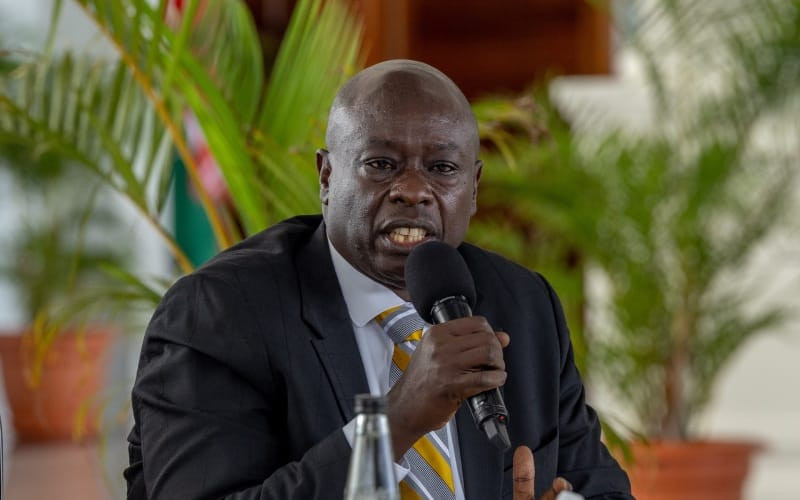 |
|
Electricity power substation. Energy projects are now being advertised and people are bidding, [PHOTO: BEVERLYNE MUSILI/STANDARD] |
By JAMES ANYANZWA
The government is on the brink of exiting power production activities and transferring the baton to the private investors.
It is increasingly inviting bids from private investors to take up power generation projects with hopes of transferring the benefits of bulk power production to consumers through reduced electricity tariffs.
But in as much as the private sector will play an increased role in power production, the government said it would cap prices to ensure electricity cost comes down.
This is part of efforts to lower the cost of power in the country from a high of 18 US Cents and 19 US Cents per KWh to between 9 US Cents and 10 US Cents per KWh.
Projects already handed to the private sector include generation of 900 to 1000 megawatts (MW) of Coal power at Lamu and generation of 700 to 800MW of power using liquefied natural gas at Dongo Kundu in Mombasa.
The other one is production of 900MW to 1000MW of Coal power at Mui Basin in Kitui County.
The government plans to add 5000MW of power to the national grid in the next 40 months through power mix such as geothermal, coal and liquefied natural gas, which are relatively cheaper compared to heavy fuels and diesel.
According to John Omenge, Chief Geologist at the Ministry of Energy, what the government is trying to do is to provide the right environment for investors.
“We are now inviting the private sector to come and produce power. Our job will now be to provide the right environment for the investors,” he said.
Cost of power
The intention, he added, is to bring down the cost of power over time to attract industries and make Kenya a least cost destination for doing business.
“The government is moving away from power generation to allow private sector firms do the work,” he told The Standard in an interview.
He said the state would only concentrate on developing infrastructure for evacuating, transmitting and distributing power such as substations and high voltage lines.
Omenge noted that the inclusion of the private sector in power production would reduce the current power shortage and reduce the cost of electricity by 50 per cent. Current installed power capacity is estimated at 1,700MW.
Stay informed. Subscribe to our newsletter
“We have never had enough power in this country. We have always had a deficit,” he said.
He added that for the economy to grow at the rate of 10 per cent the country requires between 10-15 per cent of excess power to sustain the growth momentum.
“These energy projects are now being advertised and people are bidding,” he said.
Omenge said the country’s emergency power supply estimated at 120MW has since dropped after the shutting down of one of the Independent power producers — Aggreko — which was generating 90MW to the national grid.
Among the firms seeking to tap into the country’s deficient power generation include Mumias Sugar, Kenya Tea Development Agency (KTDA), which recently set up KTDA Power Company, Cummins Cogeneration Kenya – an offshoot of Cummins Cogeneration UK, and American firm, General Electric.
 The Standard Group Plc is a
multi-media organization with investments in media platforms spanning newspaper
print operations, television, radio broadcasting, digital and online services. The
Standard Group is recognized as a leading multi-media house in Kenya with a key
influence in matters of national and international interest.
The Standard Group Plc is a
multi-media organization with investments in media platforms spanning newspaper
print operations, television, radio broadcasting, digital and online services. The
Standard Group is recognized as a leading multi-media house in Kenya with a key
influence in matters of national and international interest.
 The Standard Group Plc is a
multi-media organization with investments in media platforms spanning newspaper
print operations, television, radio broadcasting, digital and online services. The
Standard Group is recognized as a leading multi-media house in Kenya with a key
influence in matters of national and international interest.
The Standard Group Plc is a
multi-media organization with investments in media platforms spanning newspaper
print operations, television, radio broadcasting, digital and online services. The
Standard Group is recognized as a leading multi-media house in Kenya with a key
influence in matters of national and international interest.










